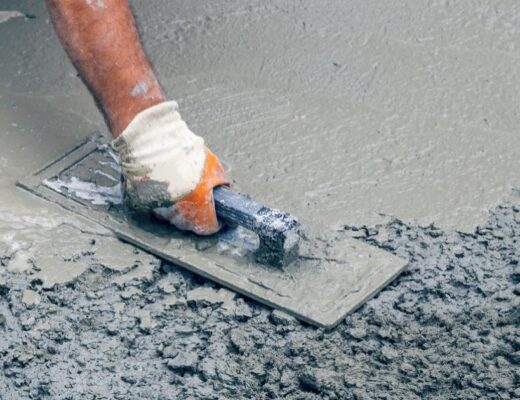It protects against infection, bleeding, irritations and other complications that can result from foreign bodies being inserted into the penis. The steps of this procedure are done on a newborn male baby boy before he is circumcised. The doctor first cleans and then removes the excess foreskin, cutting it at the base and along the side. To allow the doctor to easily retract the prepuce when the baby is ready, a small amount of skin must be removed. The skin is then stitched and the newly corrected penis is ready for the steps of the procedure.
The steps of a circumcision may differ from one baby boy to another and even from one culture to another, but basically, it involves two procedures that involve the removal of healthy skin on the head of the penis and the stitching together of the resulting flaps. Over the years, various technological advancements have helped doctors perform a wide range of surgical operations on babies and men. In recent years, however, miltaplexis is a new technique that has gained popularity in Western countries.
What exactly is miltaplexis? It is a procedure where the doctor makes a cut on the base of the penis, just above the scrotum, in a straight line. The new organ is then exposed for 10 days. During this exposure period, Adelaide circumcision can see if there are any preputaneous tissues that are not part of the penis. If the tissues are not normal, they must be removed gradually. This is often done with miltaplexis.
The doctor makes an incision through the colossus muscles in front the prepuce. If the checkerboard pressure generated during the procedure is too strong, it can cause frenulum injury, which can lead to impotence or loss of erection. It can take several attempts to correct the problem, as the removal of tissues and other structures within the penis is a complicated process. Frenulum damage can sometimes cause additional complications like impotence and erectile dysfunction. The patient may even suffer permanent nerve damage.
After the 10 day period is up, doctors can perform a second procedure which involves sewing up the sides and penis. This procedure is known as “banding”. But despite the advancement of technology, the procedure still uses local anaesthesia. The risks associated with the procedure are similar to any other surgery that uses general anaesthesia. The chances of getting infection are very low due to the small incisions and the fact that only one incision is needed. There will be little scarring if the wound heals correctly. Circumcision, a medical procedure, is performed by professionals.
These are just a few of the options available to reduce pain for newborns. Doctors can use a tractor to pull back the foreskin as soon as newborns are born. A retractor is usually made of a metal wire and is attached to a ring in the abdomen. The same procedure is used for newborns with tight skin.
Doctors can also opt to use topical anesthesia. This type of anesthesia can be applied directly to the skin by a doctor using a syringe. This type of procedure is called topical anesthesia or local anesthesia. While it does cause some amount of pain during the initial seven days, it is considered to be a safe procedure that can help lessen the discomfort felt by newborns. It is typically used during masturbation to directly apply it to the penis.
The procedure itself isn’t painful, but it may take a while before the baby fully recovers. Although newborns do recover completely normally, they may experience slight swelling and bruising. These issues can be overcome with proper care and treatment. Most babies who have been circumcised recover in about one year.




